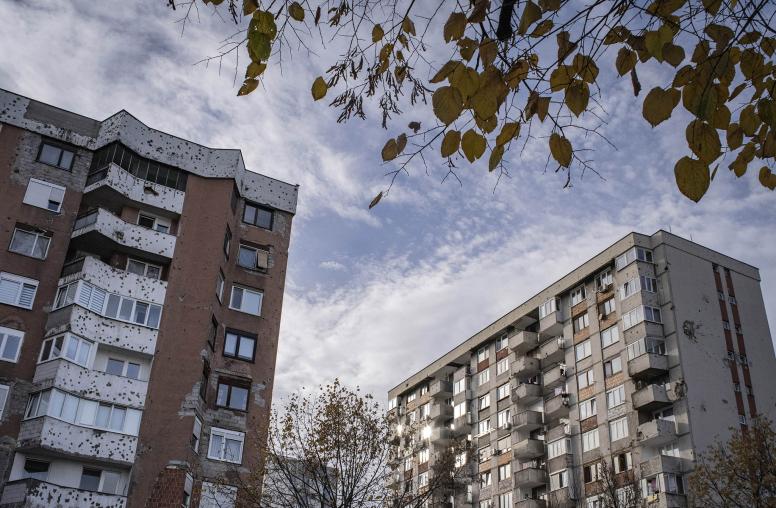Understanding Resistance to Inclusive Peace Processes
Current peace processes are designed to be more inclusive of women, civil society, youth, opposition political parties, and other frequently marginalized communities. Implementation of inclusive peace processes, however, has not progressed smoothly—and are frequently met with resistance. Based on an examination of instances of resistance in thirty peace and transition negotiations since 1990, this report enhances practitioners’ understanding of who resists, against whose participation, using what tactics, and with what motives.

Summary
As inclusion has become a buzzword in policy and practice circles, awareness has increased that exclusion is not only a characteristic of bad governance but also often a catalyst to violent conflict. Peace processes today are thus designed to make them more inclusive—of women, civil society, youth, opposition political parties, business actors, and other actors such as indigenous communities, internally displaced people, diasporas, and refugees. Implementation, however, has not progressed smoothly. It is in fact frequently resisted. Meanwhile, understanding why inclusion is correlated positively with the durability of subsequent peace is elusive, despite growing empirical support for the normative and strategic arguments to justify inclusivity. These perspectives also fall short in regard to resistance.
At the heart of both inclusion and exclusion is the basic cognitive process of how we organize ourselves socially into in-groups and out-groups, which speaks directly to the need of people to belong to one societal group or another—that is, to inclusivity as a fundamental human need. This perspective is crucial to understanding both the various modes of resistance to inclusion and why resistance—whether by powerholders, rebel groups, or civil society—is so widespread. Most resistance originates with the political elite, followed by societal and rebel groups. It can be implicit-elusive, direct-explicit, or coercive, or a mix of these.
Tackling resistance to inclusion requires a nuanced approach that addresses the specific actors engaging in resistance, their motivations, and the tactics they use. For example, resistance motivated by political competition and economic self-interest will require different tools than resistance involving an identity component in which the dominant group perceives inclusion as an existential threat.
For political motivation, incentive structures that make inclusive processes more amenable to powerholders may be enough (as long as progress is safeguarded by appropriate benchmarks and milestones). Overcoming resistance motivated by identity (whether it is gender or ethnicity) requires a more difficult and sustained effort. It demands not only institutional incentives, careful design of decision-making processes, and effective compliance measures, but also a long-term strategy that targets ideological and cultural change.
About the Report
This report examines the notion of inclusivity in peace processes—the extent to which negotiation and decision making include excluded voices, and of representativeness of citizens in state institutions and distribution of rights and entitlements across society—and resistance to it. Commissioned by the United States Institute of Peace, the report builds on Inclusive Peace and Transition Initiative case studies collected between 2013 and 2015 and additional research by the author.
About the Author
Esra Cuhadar is an associate professor of political science at Bilkent University in Turkey, and a senior fellow at the Inclusive Peace and Transition Initiative in Geneva. She was a Jennings Randolph Senior Fellow at USIP in 2018, and a Fulbright Visiting Scholar at the Fletcher School of Law and Diplomacy at Tufts University in 2011–12.



